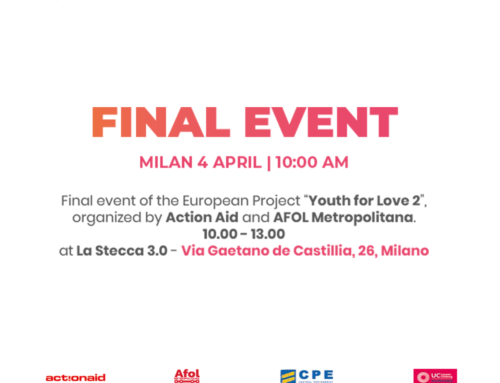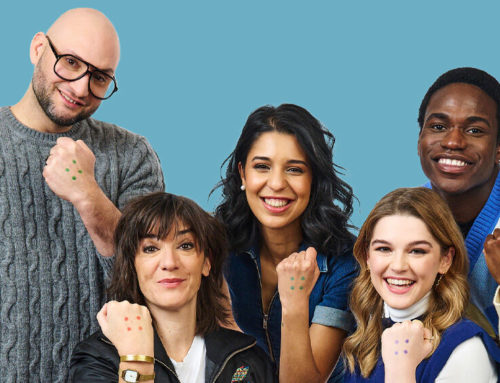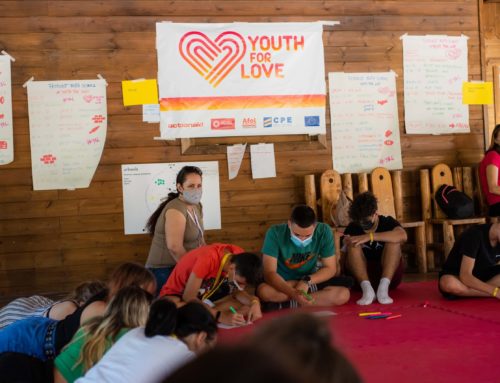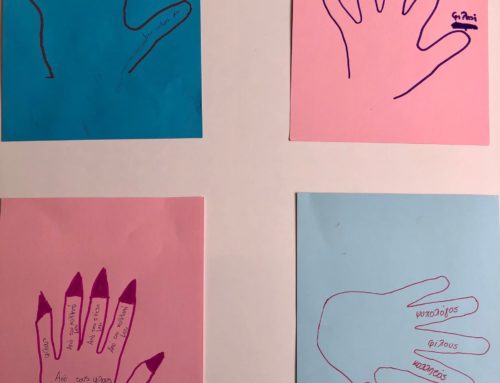A toolkit for students and school staff and educators to design and develop youth-led campaign and advocacy at local level
This toolkit aims at providing students and young people in general with concrete tools to understand and analyse the needs and resources of their local communities and based on that, develop youth-led advocacy and campaigning initiatives in their local communities. It also offers concrete tools and tactics that can be used to advocate for youth-led alternatives and campaigns for the prevention and combating of peer-to-peer violence in their local communities.
In this first phase of the community-based intervention the aim is to deepen the understanding and knowledge of the needs and resources of one’s local community through different tactics, from action-research practices to conducting surveys and questionnaires with stakeholders from the local community.
One of the many interesting activities it includes is called “Photovoice”. Photovoice is a process through which people can identify, represent and engage the community through photography. It is a very flexible tool, generally aiming at 3 different objectives: allow people to document and reflect about the needs and resources of their community; promote a critical dialogue and knowledge with respect to issues important for a community though collective analysis and discussion; target decision makers and institutions.
With the use of photography, people can identify with, represent and get involved with their community. Boys and girls, divided into one or more groups of 10, will collectively decide what aspect or problem of their community they want to document and represent. Later, they will define the use they will make of the produced materials and which institutional target the action will be addressed to. In this way, young people can bring out their views on the community through photography and reflect on its strengths and weaknesses. After all, youth both inside and outside the school context can be powerful agents of change and play a key role in making their communities more inclusive, safe and youth-friendly.










